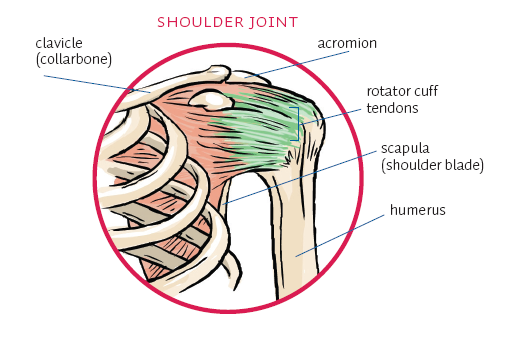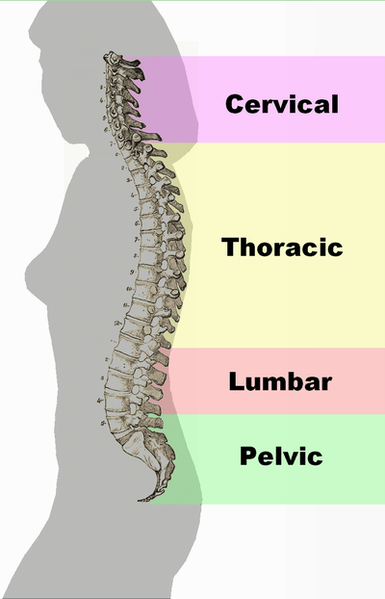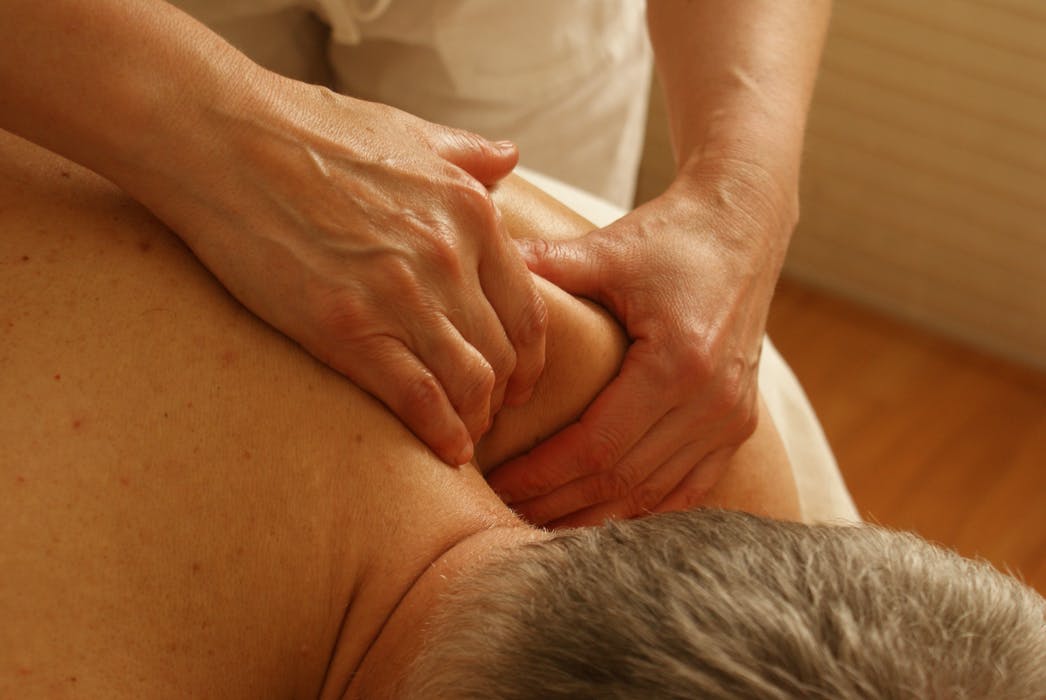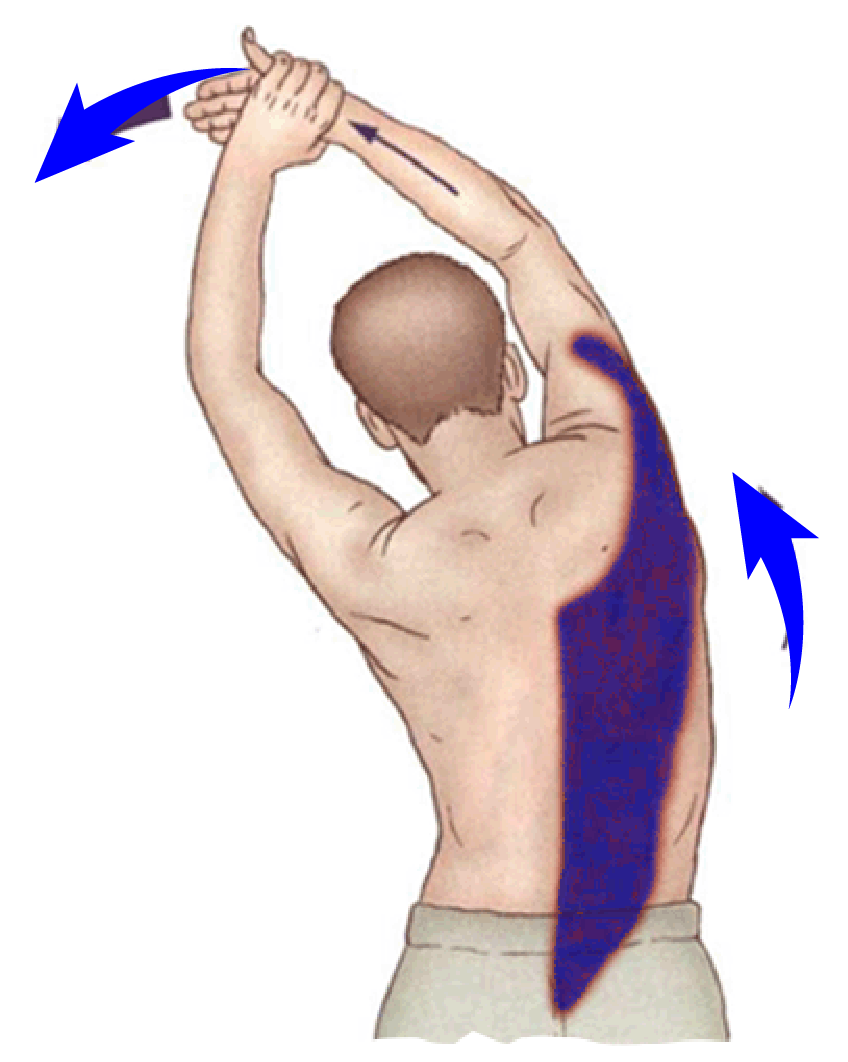|
BOOK NOW |
ASK ABOUT YOUR PAIN |
Home > Shoulder Physiotherapy > Blog > Stiff Shoulder Physiotherapy
Stiff Shoulder Physiotherapy

Our shoulder joint is a complex joint that combines a few different
moving joints and muscles that allows our shoulder the biggest movement
in our entire bodies (lots of flexibility and movement). This movement
at the shoulder is only possible mainly because of the amount of
mobility our shoulder joints allows us.
The glenohumeral joint (basically our shoulder ball and socket joint) allows a lot of rolling and gliding movements within the joint itself that allows and enables us to reach high above our head. To supplement this, there is additional range that is provided from the scapula (our shoulder blade) on our rib cage that also supports rotation of our collar bone joint.
So these three joints collectively allows us to reach:
- above our head
- behind our back
- out to the side of our bodies
There
are no other joints in our entire bodies that allows so much movement,
which is why our shoulder complex has to very carefully rely on the
joint and the muscle activities working harmoniously and synergistically
together to allow these movements.
And that's why, without good shoulder muscle strength and control, these movements will not be able to be achieved, or without causing injury.
If you have ever suffered from shoulder stiffness at any point in your life, you will immediately know how frustrating and inconvenient this can be. Stiff shoulders that decrease your shoulder movements may translate to:
- difficulty or inability to reach cupboards or doors
- difficulty or inability to wear jackets, pants, socks or bra
- difficulty or inability to take out wallets or put them into pockets
- difficulty or inability to scratch an itch that is just out of reach
Shoulder stiffness can be caused by a variety of factors and some can be addressed by yourself but it's always helpful to have a clear diagnosis and understanding why your shoulder is stiff and painful before you start any forms of physiotherapy treatment.
That's the reason why diving deep to understand your condition during the first session is very important for you to understand your shoulder condition.
Three common areas where stiffness can occur and Simple physiotherapy treatments to improve your shoulder movements:
1) Stretch and mobilize your mid back

If you realize that you have a stiff/sore middle back that decreases your shoulder mobility you can try taping two tennis balls together with some tape, and wrap them such they're in a figure 8 (in our clinic, we carry the Duoball which is made specificly for this).
- Place the Duoball/double tennis balls together and then lie against them on the wall or floor.
- Try to get the balls between your shoulder
blades in the mid-back area.
- Apply some body pressure to the balls and
roll up and down on them to release off your mid-back.
- This should feel like a ‘nice sore pain’ that is helpful/muscle releasing.
- Do this for 2-3 minutes over the
middle of your back, moving up and down a bit to cover all the
potentially tight areas.
- Once you have done this repeat your shoulder movement to see if it feels any better.
This technique can be done 1-2 times per day and takes just minutes to do.
2) Release off the muscles and tissue at the back of your shoulder:

Due to work and lifestyle, often the tissues at the back of the shoulder can get tight or
overworked namely the:
- latissumus dorsi
- infraspinatus
- teres minor
- posterior capsule
This can lead to restriction in normal shoulder movement and add to pain around the shoulder.
- Try massaging the back of your shoulder for 4-5 minutes each evening and see if it releases your shoulder a little. This can be done in two simple ways.
- The first is to sit upright away from the back of a chair.
- Cross your good arm under your painful arm and reach under the armpit to the back of the shoulder (the back of the armpit area). E45 cream or coconut oil works well to do this.
- Massage into the back of the armpit area in circles and press firmly into any tender spots you find. Hold the firm pressure on these tender spots for up to 30-60 seconds or until they start to release and get less tender.
- The massage should start slightly
tender but get more comfortable as you continue. Re-test your stiff or
painful movement again when you finish and see if your movement is
better.
If it is then it is worthwhile trying this technique for several weeks.
3) Stretch your Latissimus Dorsi

Sometimes the muscle that runs under your shoulder and attaches near the ball and socket joint (latissimus dorsi) can be a cause of pain and stiffness.
Consider trying to relax this muscle by stretching it and see if this helps your movement.
- Stand facing a wall.
- Place your forearms on the wall in front of you, elbow to wrists touching the wall.
- Both wrists should be together and touching and so should both your elbows.
- Keep your back flat and don’t be tempted to lean your tummy in towards the wall.
- Slowly slide your forearms up the wall, trying all the time to keep your elbow and wrists together in front of you on the wall.
- When you cannot slide any further up the wall stop and hold this position, breathing nice and slowly and relaxed.
- It should feel strong but not painful when you hold it. Hold the stretch for around 60 seconds then relax back down.
Try this several times a day and if you feel it is improving your shoulder movement, keep it going.
All three of these techniques are simple and quick to try for yourself. Always ensure that there is:
- no additional/increasing amounts of pain (especially sharp pain)
- do it gently and safely
- if the problem does not go away that you consider seeking advice and full assessment with a senior physiotherapist